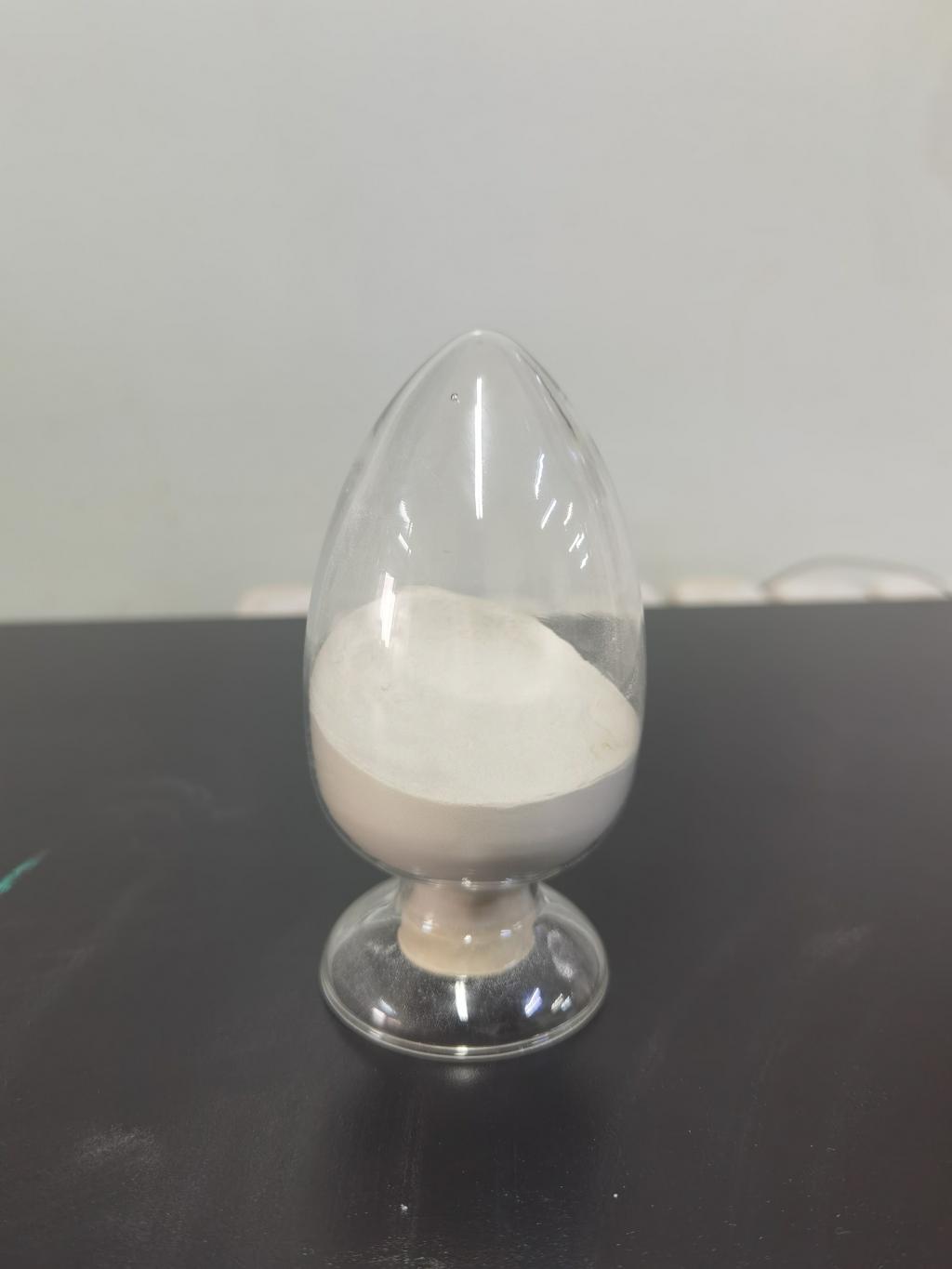Tel:+8618231198596

News
 CONTACT
CONTACT
 CONTACT
CONTACT
- Linkman:Linda Yao
- Tel: +8618231198596
- Email:linda.yao@dcpharma.cn
- Linkman:CHARLES.WANG
- Department:Overseas
- Tel: 0086 0311-85537378 0086 0311-85539701
News
Current Position:
Home >
News
>Incorporating nisin into food packaging materials can enhance food safety.
Incorporating nisin into food packaging materials can enhance food safety.
TIME:2024-03-27
The Role of Nisin in Food Safety
Nisin is a polycyclic antibacterial peptide produced by certain strains of the bacterium Lactococcus lactis. It has been used for decades as a food preservative, particularly in dairy products, meats, and canned foods. Nisin exerts its antimicrobial activity primarily against Gram-positive bacteria by disrupting cell membrane integrity and inhibiting cell wall synthesis. Unlike many traditional preservatives, nisin is heat-stable, pH-resistant, and generally recognized as safe (GRAS) by regulatory authorities when used within specified limits.
Incorporating Nisin into Food Packaging Materials
The incorporation of nisin into food packaging materials offers a novel approach to extend the shelf life of perishable foods and enhance food safety during storage and transportation. Several methods can be employed to immobilize nisin within packaging materials, including physical entrapment, chemical bonding, and coating techniques. These methods aim to ensure controlled release of nisin over time, maintaining its antimicrobial efficacy while minimizing its impact on food quality and sensory attributes.
Benefits of Nisin-Embedded Packaging Materials
Extended Shelf Life: Nisin-embedded packaging materials can inhibit the growth of spoilage microorganisms and foodborne pathogens, thereby extending the shelf life of packaged foods.
Reduced Food Waste: By preventing microbial spoilage, nisin helps reduce food waste along the supply chain, leading to economic and environmental benefits.
Enhanced Food Safety: The antimicrobial activity of nisin contributes to enhanced food safety by reducing the risk of contamination and foodborne illnesses.
Preservation of Nutritional Quality: Unlike traditional chemical preservatives, nisin preserves the nutritional quality and sensory attributes of packaged foods, making it a preferred choice for food manufacturers and consumers.
Versatility: Nisin can be incorporated into various types of packaging materials, including films, coatings, and liners, making it suitable for a wide range of food products.
Applications of Nisin-Embedded Packaging Materials
Fresh Produce: Packaging materials embedded with nisin can help prolong the shelf life of fresh fruits and vegetables by inhibiting the growth of spoilage bacteria and fungi.
Meat and Poultry: Nisin-embedded packaging films can prevent the proliferation of pathogenic bacteria, such as Listeria monocytogenes and Salmonella, in meat and poultry products, thereby enhancing their safety and quality.
Dairy Products: Nisin has long been used as a preservative in dairy products, and its incorporation into packaging materials can further improve their shelf life and safety.
Ready-to-Eat Meals: Pre-packaged ready-to-eat meals can benefit from nisin-embedded packaging materials to ensure microbiological safety and extend their storage life.
Seafood: Seafood products are susceptible to microbial spoilage during storage and transportation, making them ideal candidates for packaging materials containing nisin to maintain freshness and quality.
Challenges and Considerations
While the incorporation of nisin into food packaging materials offers numerous benefits, several challenges and considerations must be addressed:
Regulatory Approval: The use of nisin-embedded packaging materials may require regulatory approval in some jurisdictions, necessitating compliance with safety and labeling requirements.
Cost Considerations: The cost of incorporating nisin into packaging materials must be weighed against the potential benefits in terms of extended shelf life and improved food safety.
Stability and Compatibility: Nisin must remain stable and active within the packaging materials throughout their shelf life, requiring careful selection of materials and processing conditions.
Consumer Acceptance: Consumer perception and acceptance of foods packaged with nisin-embedded materials may influence market adoption and commercial success.
Potential Resistance: Continued use of nisin as an antimicrobial agent may lead to the development of microbial resistance over time, necessitating monitoring and mitigation strategies.
Future Perspectives
Despite the challenges, the integration of nisin into food packaging materials holds significant promise for enhancing food safety, reducing food waste, and meeting the growing demand for sustainable food preservation solutions. Future research efforts should focus on optimizing nisin delivery systems, assessing its effectiveness across different food matrices, and addressing regulatory and consumer concerns to facilitate widespread adoption in the food industry.
Conclusion
Incorporating nisin into food packaging materials represents a promising strategy to enhance food safety during storage and transportation. By leveraging the antimicrobial properties of nisin, packaging materials can effectively inhibit the growth of spoilage microorganisms and foodborne pathogens, thereby extending shelf life, reducing food waste, and ensuring consumer safety. While challenges exist, continued research and innovation in this area have the potential to revolutionize food packaging and preservation practices, leading to safer, fresher, and more sustainable food products for consumers worldwide.
- Tel:+8618231198596
- Whatsapp:18231198596
- Chat With Skype







